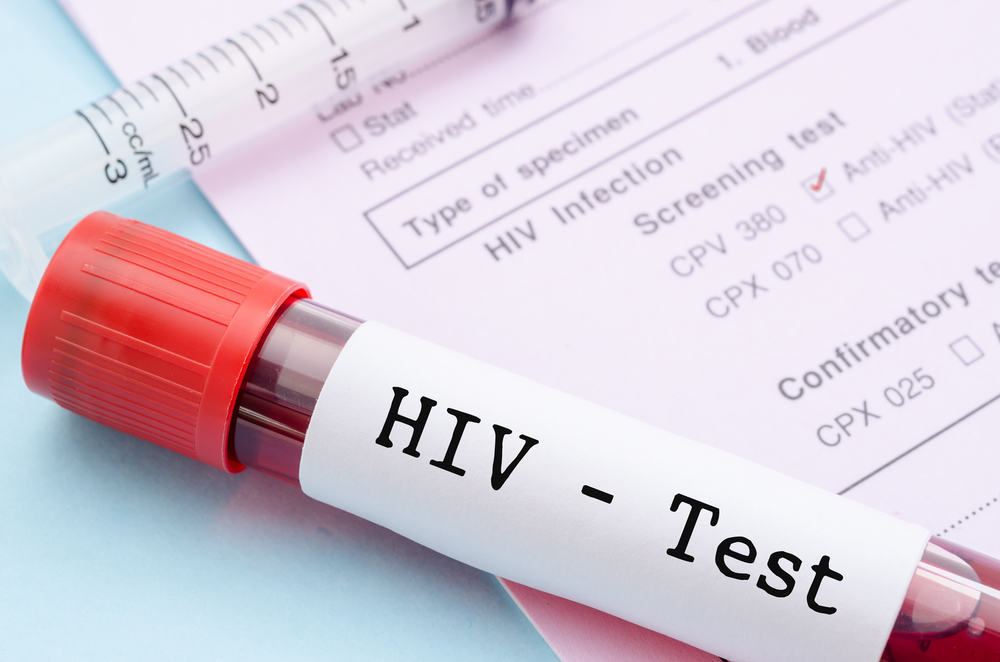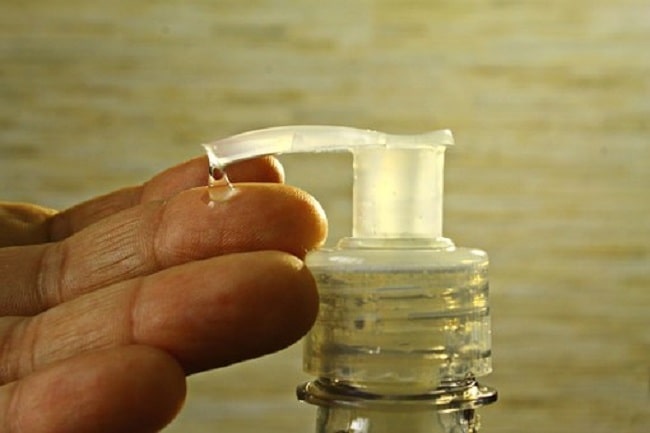Contents:
- Medical Video: Medical Animation: HIV and AIDS
- What is the stage of development of the HIV virus in the body?
- The role of HIV drugs in preventing the HIV virus getting worse
Medical Video: Medical Animation: HIV and AIDS
According to the 2014 WHO report, there were around 36.9 million people living with HIV and 1.2 million of them were related to AIDS. HIV viruses that are not handled properly cause people with HIV to develop Acquired Immune Deficiency Syndrome, aka AIDS.
Here is some information about the life cycle of the HIV virus.
What is the stage of development of the HIV virus in the body?
HIV gradually damages the immune system by attacking and killing CD4 cells in the body, the types of white blood cells that play an important role in protecting the body from infection.
HIV uses CD4 cells as a tool to multiply and spread throughout the body. This process is called the HIV life cycle. HIV drugs protect the immune system by blocking HIV at various stages of the HIV life cycle.
There are 7 stages of the life cycle of the HIV virus in the body, including:
- Binding (or attachment): HIV binds to receptors on the surface of CD4 cells.
- Merger: HIV envelopes and CD4 cell membranes join, where HIV enters CD4 cells.
- Reverse transcription: In CD4 cells, HIV releases and uses reverse transcriptase in which enzymes from HIV convert genetic material called HIV RNA to HIV DNA. The conversion of HIV RNA into HIV DNA causes HIV to enter the nucleus of CD4 cells and combine them with cell genetic material, called DNA cells.
- Integration: In the CD4 cell nucleus, HIV produces an enzyme called intergrase to melt viral DNA into DNA from CD4 cells.
- Replication: Once integrated in CD4 cell DNA, HIV starts using CD4 to produce long chains of HIV proteins. The HIV protein chain is another building block for HIV.
- Assembling: New HIV proteins and RNA HIV moves to the cell surface and assembles into immature (not contagious) HIV.
- Sprout: New and immature HIV penetrates CD4 cells. The new HIV produces an HIV enzyme called protease. Protease acts to break down long chains of proteins that form immature viruses. Smaller HIV proteins combine to form mature HIV.
The role of HIV drugs in preventing the HIV virus getting worse
Antiretroviral (ART) is one of the HIV drugs used to treat HIV infection and protect the immune system by inhibiting HIV at different stages of the HIV cycle.
There are different classes of HIV drugs depending on how they fight HIV. Each class of drugs attacks HIV at different stages of the HIV cycle.
HIV patients usually use a combination of HIV drugs from at least 2 different classes of HIV drugs every day. Because drugs from various classes inhibit HIV at different stages of the cycle, ART is very effective in preventing HIV from multiplying. Having less HIV viral load in the body means that your body works well in protecting the immune system and prevents the HIV virus from developing into AIDS. In addition, ART also reduces the risk of HIV drug resistance.
ART cannot cure HIV, but regular consumption of HIV drugs can help people with HIV live longer and healthier lives. HIV drugs also reduce the risk of sexual transmission of HIV.
Hello Health Group does not provide medical advice, diagnosis or treatment.












